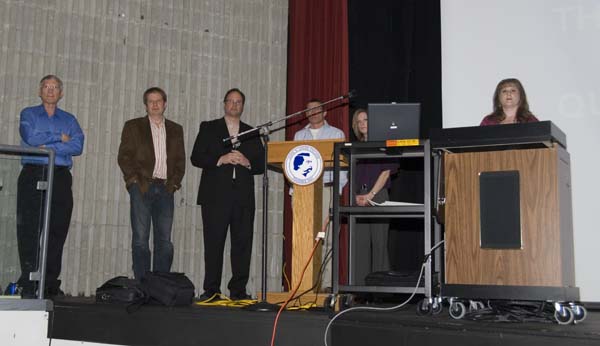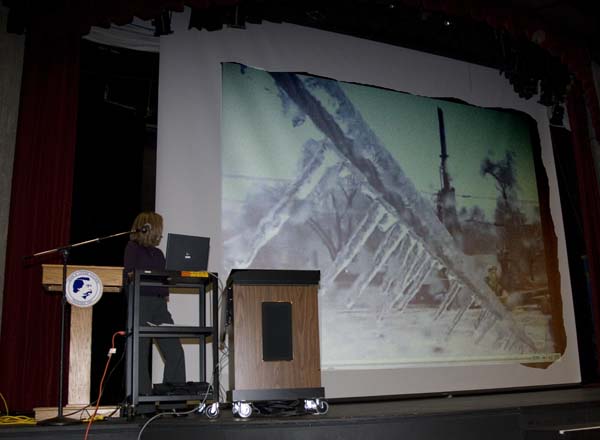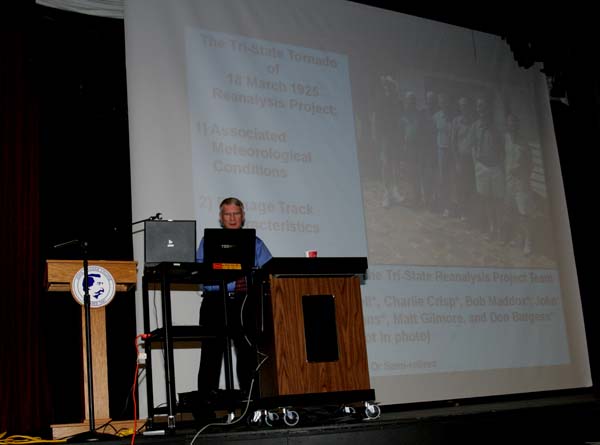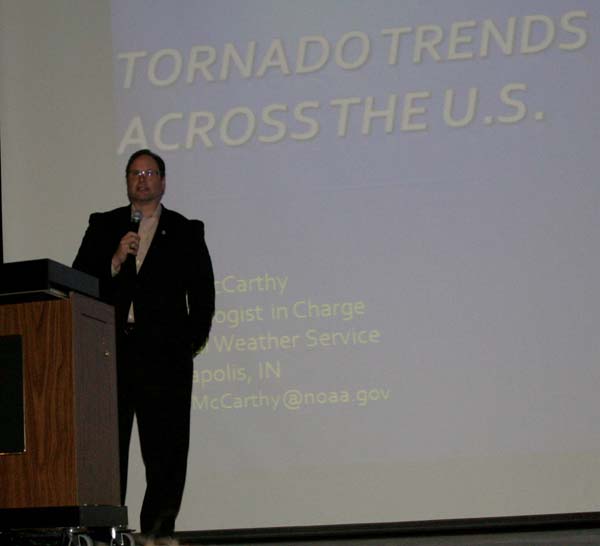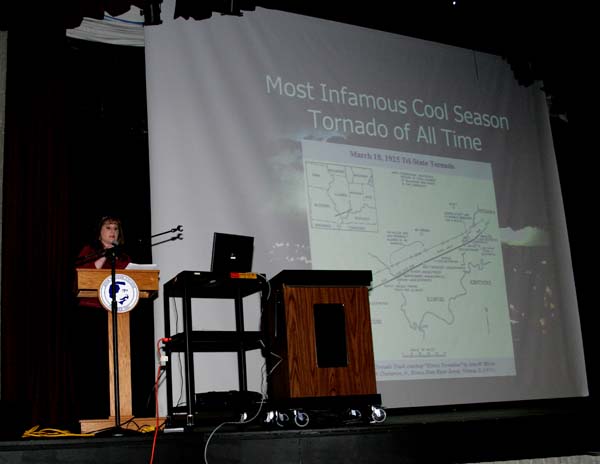March 21, 2009: Letter to the Paducah Sun
My thoughts to the Paducah Sun…
I don’t know if you realize it or not, but you have done a great disservice by posting the editorial concerning the "dying" New Madrid Fault. I have already had several people ask me about the subject. The research out of Purdue and Northwestern University was only an eight year study (and at only 10 sites). Eight years is but a speck of dust in geological time. Most scientists will tell you that a much greater time span is necessary in order for all of us to have a greater understanding of the New Madrid Fault and the frequency of earthquakes along that fault.
The New Madrid Fault has been producing earthquakes for tens of thousands of years. Are we to believe that it is suddenly just going to stop? The editorial does not portray the true intent of the eight year study. Even those who authored the study will tell you that area residents should still be prepared for a significant earthquake on the New Madrid Fault. The researchers would tell you that a lot more study is needed into the subject of quake frequency. It is possible that earthquake faults, such as the New Madrid Fault, move in "spurts". Some years moving hardly at all and other years moving at a much quicker pace.
The study also states that it is possible that surrounding fault lines could be building up more pressure because of the quakes during the 1800s. If this is the case then the other fault lines running through the region are then at a higher risk. So, again, the threat has not diminished for this region. We live along more than just the New Madrid Fault. You can’t pick and choose portions of the study to report on and leave out important details. You are putting people at risk by doing this. You are not reporting the whole story.
At the beginning of your editorial it discusses the probabilities of an earthquake and you didn’t even get those right. Then you dismiss it by saying "no matter". I cringed when I read that. It does matter. The New Madrid Fault has a history of producing significant earthquakes. Studies have shown that they occur with regular frequency. Do you think we or our grandkids are the "special ones" that will not experience another quake? That the planet beneath our feet has magically changed over the last 100-200 years? Hardly. Scientists believe that the potential for a magnitude 6 to 7 earthquake occurring in this seismic zone within the next 50 years is high.
Then at the end of your editorial you dismiss the experts by saying they are putting more "guesses" into their prediction of earthquakes than "educated guesses". This is also incorrect. You accept an eight year study (again but a speck of dust in geological time) but dismiss decades of other research? That simply does not make sense.
The threat for a significant earthquake along the New Madrid Fault is real. To dismiss that threat is not helpful for area residents or relief agencies. To lead people to believe that the earthquake threat is suddenly "gone" is misleading and dangerous. Did you read the entire study? Have you checked around to see what other scientists, outside of the authors of the study, have to say about the subject? Accepting their "eight year study" is no better than accepting what Ivan Browning told area residents (which you called gullible).
Emergency management and local disaster agencies have spent countless hours trying to get area residents to prepare for a potential earthquake. If it wasn’t for those preparations many people would not have been prepared for the ice storm. In one swoop of the pen your editorial basically dismisses (throws out the window) all of the efforts/hours that the above mentioned agencies have put into preparing area residents for an earthquake.
This was "a" big one. Yes. But, many scientists would disagree with you on the assessment that this was "the" big one.
Area residents should continue to prepare for a major earthquake and should always be prepared for other disasters such as pandemic flu and severe weather events.
I am concerned about the fallout from your editorial. I would ask that you revisit this topic and clarify the potential threat from an earthquake in our region.
Beau Dodson

